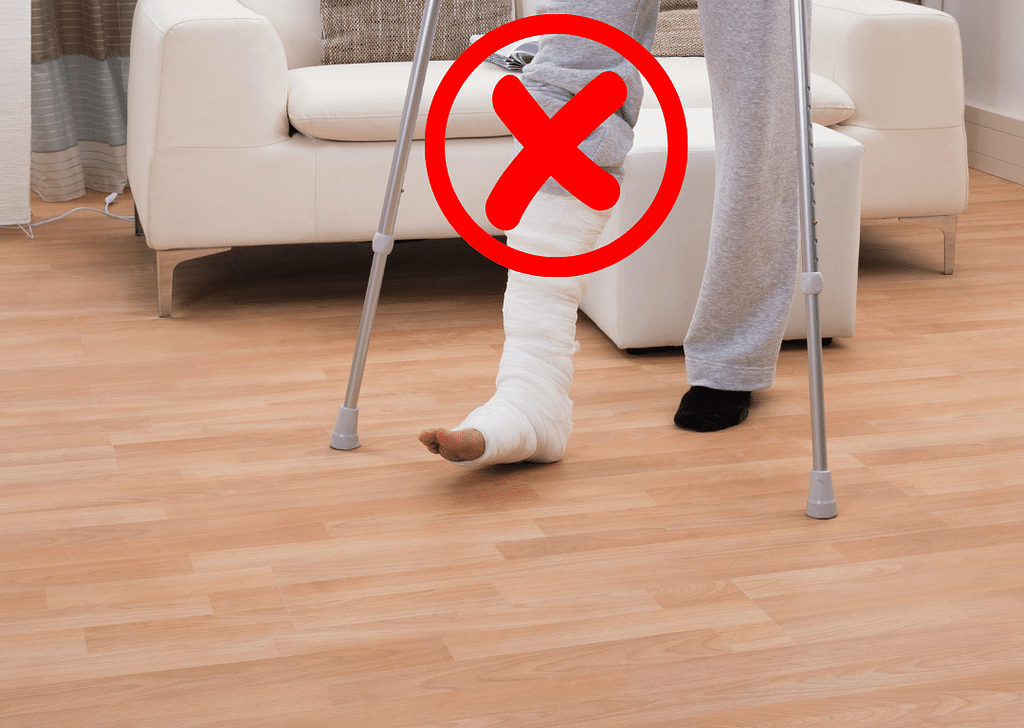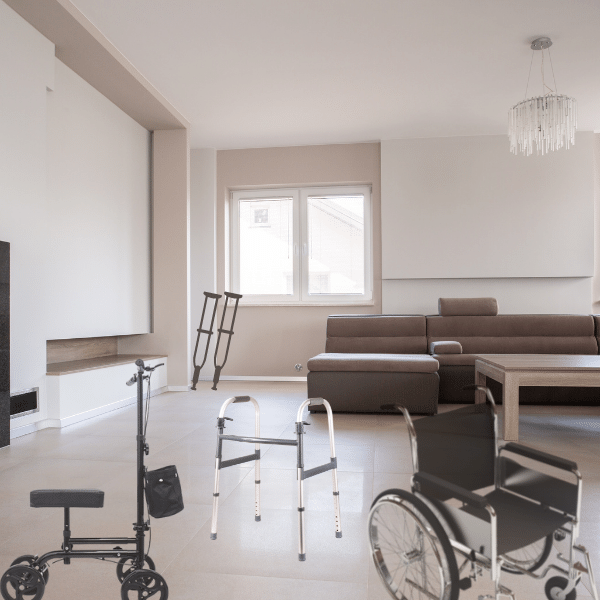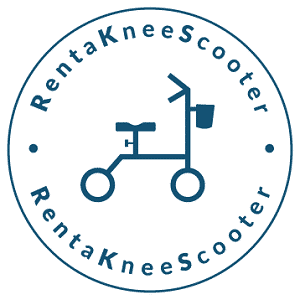
What is non-weight bearing?

Table of Contents
What is non-weight bearing?
If you are getting ready for an upcoming ankle or foot surgery, you may have been told that you will have to be non-weight bearing on your operated leg straight afterwards. This period of course is a crucial step toward the success of your procedure. During this time, your daily activities will be affected, or at least put aside for the time being. A good idea, would be to make some plans before the surgery as to how you will get around while following the rules.
What is the meaning of non-weight bearing?
The term non-weight bearing (NWB) is a restriction given to you by your surgeon. It means that you are to avoid placing or resting the repaired leg on the floor at all costs. Your surgeon means “strictly” no weight on the foot, not even for a second! This includes just standing or sitting. Not even the slightest resting of the foot on the ground! A good explanation would be to describe it as pressure light enough to avoid crushing a potato crisp under the foot!
Is it important?
Any pressure hard enough will interfere with post-surgery. Nobody knows how much pressure and weight they’re putting on a foot by standing or even when lightly touching the floor. If weight is applied too fast after your repair, it may cause damage to the surgical site. Time is needed to allow the healing process to take place. Bone and tissues do need time to heal. If there has been any reconstruction during surgery, the metal work (screws, pins, and plates) needs protection to remain in the correct position. Incisions also need time to heal without disruption, such as the repairing of an Achilles tendon or a bone fracture.
Some more benefits of NWB. To reduce swelling after surgery. Tissues can heal faster without the stress of weight being applied. Surgical wounds do heal better without weight added. Elevating the foot can help control pain and aid in healing.
How long is the NWB period?
Well, depending on the injury or surgery you are going to have will determine how long the restriction is. It may last from as little as a few weeks up to a couple of months.
Planning to be mobile while NWB.
Keeping weight off your injured ankle or foot doesn’t mean one is completely immobile. There are a few options to assist during recovery. All involve some type of assistive device to keep that foot off the floor. The most common pieces of equipment are crutches, wheelchair, walking frame, and knee scooter.
Crutches
These are the most cost-effective options. You can use them everywhere. If you have a lot of different levels and stairs to navigate whilst nwb, then crutches are ideal. Unfortunately, they are not the most comfortable to use all day and are tiring on the arms and shoulders.
Wheelchair
It is a great comfortable choice compared to crutches and the most stable of all the options. Convenient because objects can be carried on the lap or a tray as there is no balancing required. One of the drawbacks of a wheelchair- it is wider and heavier than other equipment mentioned. Also, if you have a limited area to move around in, such as a small bathroom, it becomes difficult to use in this situation.
Walking frames
Offering four points of contact with the floor, they’re a stable piece of equipment. The standard version is provided without wheels, so the frame must be lifted and moved forward. Then a step forward to meet it, before repeating the process. This movement will be done without putting the NWB leg down. The frames
Wheelchair
Often people who feel self-conscious about the deformities on their feet end up hiding them and tend to avoid open sandals or going barefoot. So, from time to time, cosmetic foot surgery is usually driven by more than just vanity. Due to scientific improvements and better outcomes, new surgical procedures are available that weren’t always possible in the past. With all the conditions discussed, and you are suffering from foot related problems, it is best to contact a medical specialist such as a Foot and Ankle surgeon.
Knee Scooter
This device allows you to go a lot further comfortably. A kneepad for support. The ankle and foot are safely tucked behind to prevent any weight bearing. Wheels make it a lot easier to get a smooth ride and the adjustable handlebars provide the needed balance and stability. Brakes also give you more control over your movements. The knee scooter is not able to be used on stairs.
When moving around with your chosen equipment remember to keep your affected knee bent and toes off the floor. Non-weight bearing will feel restrictive, just follow your doctor’s advice to get through this challenging phase. With a variety of equipment available to get you mobile, try and make this time as comfortable as possible for yourself. You will soon be on the road to recovery.
